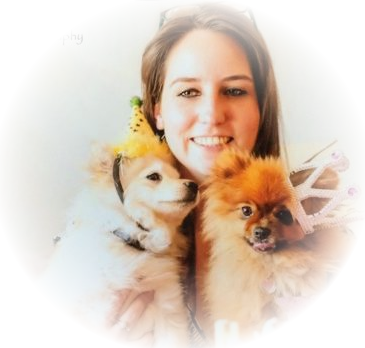
Lifegiving love has been my focus all throughout February, the month of love, expressed in a variety of ways, birth, parenthood, marriage – death, divorce, dementia. All these were in humans while in the background was also a growing awareness of the loving care of God for all of creation, human, animal and plant.
While animals clearly experience lifegiving love within thein own species, we all know how mutually rewarding – hopefully – a relationship with a pet, a cat, dog, bird, hamster, tortoise, even a snake can be, and that is surely a good start to a journey of ecological conversion. Human-animal interaction has obviously existed from the beginning of creation. Didn’t Adam find no animal suitable for a soul-mate? Early interaction was most likely to meet human needs for food and survival e.g. transport, hunting and domesticating but deep relationships of understanding and loving care did develop. Many stories in folk tales and adventure stories attest to this. Think of Black Beauty, Charlotte’s Web, Jock of the Bushveld
Wikipedia describes the study of human-animal interaction, known as anthrozoology and notes that on a large scale it is a relatively underdeveloped area of research, with an emphasis on the positive effects of such interactions. However there must also be a large degree of fear, of danger and the unknown and general hesitancy towards interacting with other creatures so very different from us.
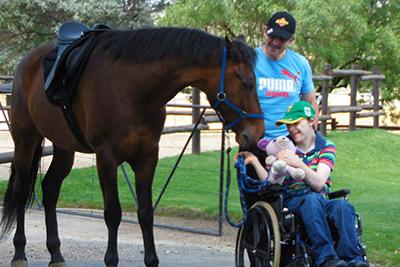
A particular, fairly recent lifegiving interaction between animal and human that I discovered is equine therapy, horses used in caring for people of all ages, e.g. children with autism, ADHD and depression as well as adults and the elderly with mental and neurological conditions.
There are a variety of forms of equine therapy, interacting with a horse by offering it carrots and apples, feeding, grooming, and cleaning up after it, to leading it around on a long line, saddling up and riding it. Through communicating with a horse children learn patience, attention, compassion, and responsibility, leading to a greater understanding of themselves and others. Research into therapy with older patients with dementia proved beneficial in handling their mood and behaviour challenges, stimulating their minds, generating interest and calm. Horses are highly attuned to emotional energies and can sense what we’re feeling – sometimes even more acutely than we do.
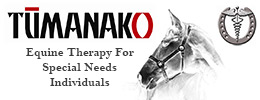
Tumanakom, is a specialized practice, situated south of Johannesburg and operating since 2007 by Andrew Rowland and his wife Jolene. Horses provide a broader, multi-disciplinary therapeutic approach that encompasses physiotherapy, occupational therapy and speech therapy. It specializes in hippotherapy, special needs riding, and is successfully used for children with cerebral palsy. Andrew spoke enthusiastically about the potential for physical and neurological assistance for dementia patients. As he says, equine therapy means treating people with special needs with the assistance of a very unique helper – a horse!
Reflection on the relationship between horses and people highlights a number of aspects also raised by Pope Francis in Laudato Si. LS 69: “we are called to recognize that other living beings have a value of their own in God’s eyes, by their mere existence they bless him and give him glory. We can speak of the priority of being over that of being useful.” This speaks to the loss of biodiversity and its ongoing effect on the future of the earth. LS74 refers to God’s love and invites us to grow in this spirituality. “Every creature is the object of the Father’s tenderness, who gives it its place in the world. Even the fleeting life of the least of beings is the object of his love in its few seconds of existence. We can ascend from created things to the greatness of God and his loving mercy.” LS 83 states, “Human beings endowed with intelligence and love, and drawn by the fullness of Christ, are called to lead all creatures back to their Creator.”

How likely is there genuine interest in and love for animals, large and small as valuable to God and possibly valuable to us? Not clear? Most interactions of people today are with a pet, and strong and meaningful bonds can be created, while intellectual differences are recognised. Who depends on whom can vary of course. “Is a dog man’s best friend, or man a dog’s best friend?” In previous times families owned domestic animals mainly for food, as property and for trading. The number of cattle or sheep or goats a family owned was and, in various cultures, still is an indication of their wealth. Relationships with game or wild animals exist on many different levels. We visit game parks and farms to view and marvel at “the big five” but pay far less attention to the myriads of other creatures, from impala, warthogs to spiders and dung beetles, not even to mention birds. On what is concern over rhino and elephant poaching based? Is it only my young granddaughter who can love a snail?

We speak often of the cry of the earth, but what does it really mean to me and you? Do we not have a long way to go to arrive at the genuine love that will inspire us to respond, with the necessary passion, to the cry of the earth and the care of OUR WORLD, A FAMILY OF FAMILIES our MARFAM focus for 2022? Let St Francis be our spiritual guide and Pope Francis our tour guide on the journey of life-giving love and care. And no doubt God does not only have one dog! TR. FAMILY WEEKLY 23 FEBRUARY
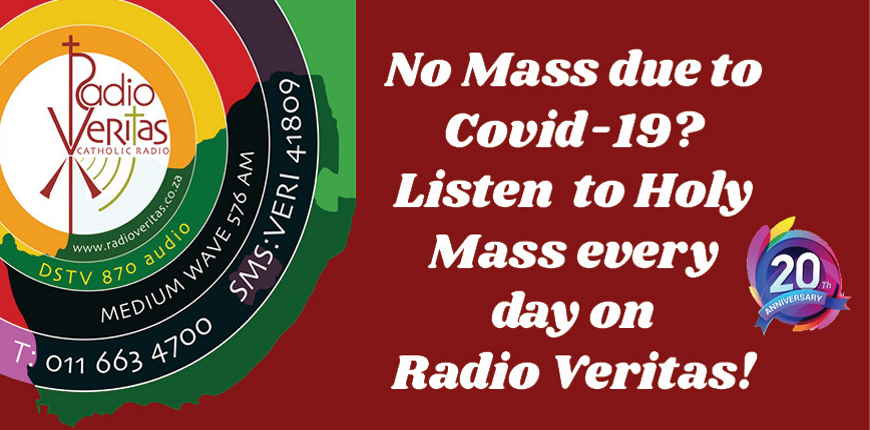

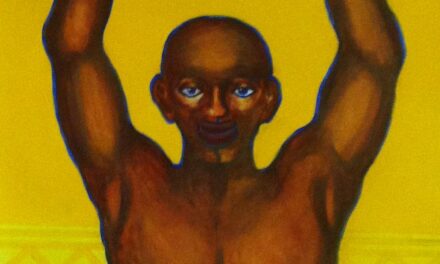

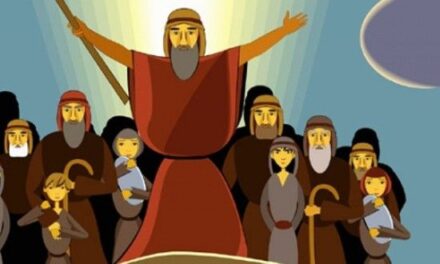
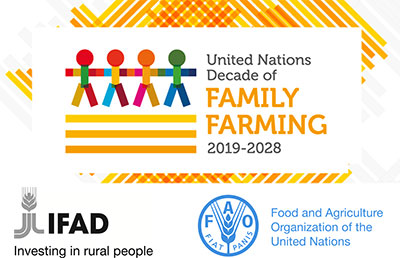

Recent Comments